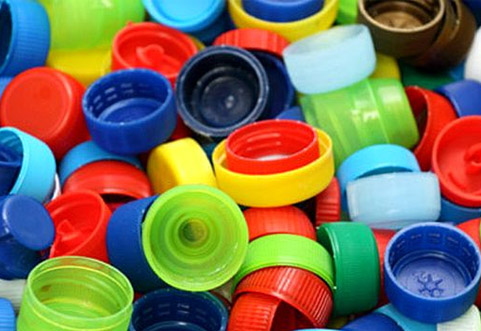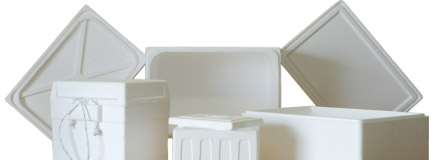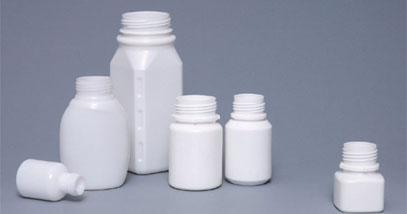Our Plastic
There are so many plastic types that you’ve yet to notice, but you’ve already been using it. The reason why this is detailed here is to give you an awareness that there are reasons there

High-Density Polyethylene
Among the type of plastics, this is the one commonly used. We use this to make various types of containers and bottles. The bottles that are not pigmented are those translucent, they have better barrier stiffness and properties, not to mention they are well appropriate for packaging products that have a very short shelf life like milk. Since HDPE possess great resistance against chemicals, it is great to use for packaging a lot of industrial and household chemicals such as bleach and detergents. The pigmented bottles made from this material have greater stress resistance against crack compared to the unpigmented HDPE. The common packaging this material is used with is for bottles of milk, juice, water, shampoo, cosmetics, laundry and dish detergents and also with household cleaners. Others include cereal box liners and bags for retail purchases and groceries.
The properties of HDPE are the following:
- Great resistance against most solvents
- Has a relatively stiff material that comes with useful temperature capabilities
- It has higher tensile strength than the other polyethylene forms

Low-Density Polyethylene
This material is used mainly for the film applications because of its toughness, relative transparency, and flexibility. This makes it a very popular choice for applications where the heat sealing is needed. Shortened as LDPE, it is also utilized in manufacturing some of the flexible bottles and lids, including cable and wire applications.
This is commonly used for bags that are for dry cleaning, bread, newspapers, frozen foods, household garbage and fresh produce. Others are stretch film and shrink wrap; coatings for cold and hot beverage cups and for the paper milk cartons; container lids; and squeezable bottles like for mustard and honey.
Here are its properties:
- It has amazing resistance to bases, acids and vegetable oils
- Its flexibility, toughness and its relative transparency as well

Polyethylene Terephthalate
Also known as PET, which everybody knows about when it comes to certain bottles. PET is a clear and tough kind of plastic and has even good moisture and gas barrier properties. This particular resin is widely used for beverage bottles and a lot of injection-molded container products designed for consumers. The cleaned and recycled PET pellets and flakes are high in demand that is used for spinning fiber for the carpet yarns, thus producing geotextiles and fiberfill.
The common packaging applications for this particular plastic item manufacturing are plastic bottles for water, juice, soft drinks, sports drinks, salad dressing, catsup, and mouthwash. For food jars, there is the pickles, jelly, jam and peanut butter. It is also used for the microwavable food trays and the ovenable film
Properties are:
- Great capability
- Excellent resistance against most solvents
- High shatter resistance and impact capability
- Excellent barrier for carbon dioxide, water, and oxygen
- Optically smooth and clear surfaces of the oriented bottles and films

Polypropylene
The Polypropylene material used to day has surpassed the production volume by the polyethylene and was also discovered a few decades earlier. This material was discovered by the Italian scientists back in the mid-50s decade. The unique chemical makeup of polypropylene reveals is amazing characteristics such as its high melting point, so they are great to use for microwave containers; they don’t react with detergents, water, bases or acids, so they don’t break down that easily. It is highly resistant against stress and cracking even when it is flexed, which is why it is used in a lot of hinges. Because of its durability, it is able to withstand daily stresses.

Polystyrene
This is a versatile resin wherein it can either be foamed or rigid. This is a general purpose plastic that is brittle, hard and clear. It has a relatively low melting point. Its typical applications include the foodservice packaging, protective packaging, food containers, and bottles. This is sometimes combined with rubber in order to make the HIPS or high impact polystyrene, which is utilized for durable and packaging applications wherein it requires toughness and less on clarity.

PP Blow Material
The whole case of the PP Blow material or known in the industry as Polypropylene blow molding, it is a process that is utilized in making the hollow plastic containers. It needs the melted plastic to get inserted within the hollow design of the container and then afterwards air is blown into this design in order to inflate it into a shape according to the hollow design.
There are so many plastic types that you’ve yet to notice, but you’ve already been using it. The reason why this is detailed here is to give you an awareness that there are reasons there are different types of plastics used for containing food and the other for drinks and soaps.


